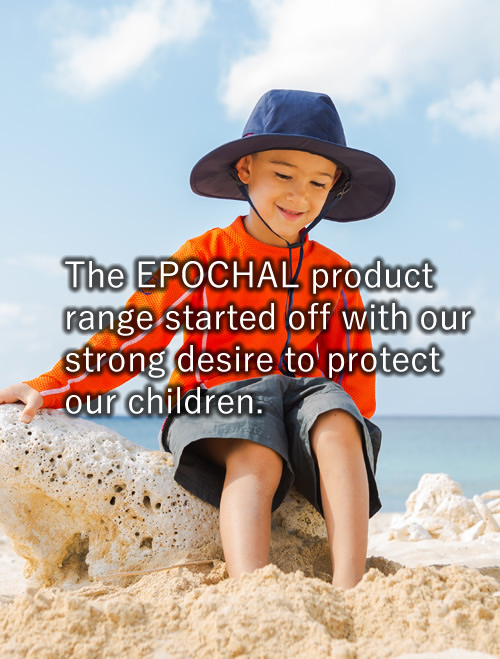
アトピー肌 モンゴルで必須なUVカット帽子
モンゴルでエポカル/保冷剤ポケット付きメッシュハット
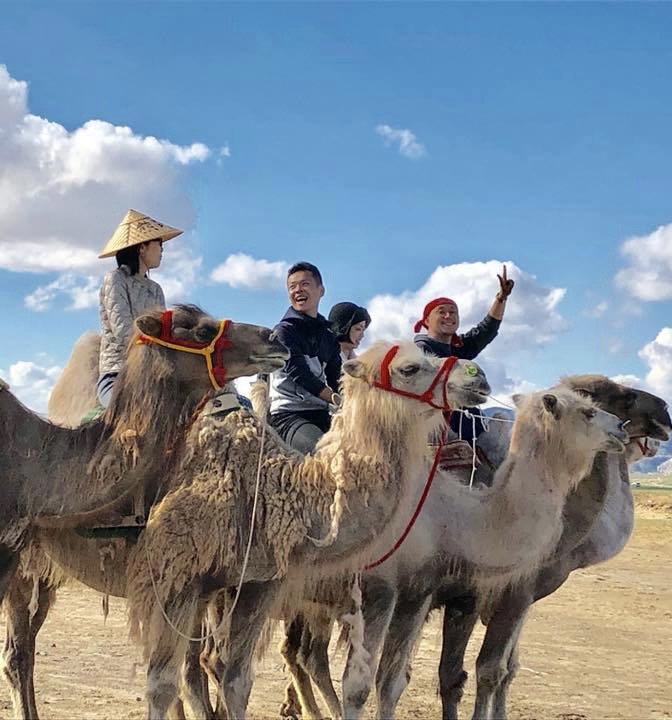
日本伝統工芸品「皆地笠」とエポカルの帽子
先日、突然夫が「モンゴルでラクダに乗る時、྿皆地笠(みなちがさ)じゃなくてエポカルの帽子がお勧めだよ」と、謎のキーワードが渋滞する発言をボソリ。
私「え?特殊すぎる状況(笑)どういうこと?」
夫「モンゴルはね、気温が低くても日差しがものすごく強いんだよ。草原だから木陰もないし。
ラクダに乗ってると、皆地笠では首の裏は守れなくて直射日光が当たって痛くて痛くて。。
いかんせん軽くてあご紐がないから、風に飛ばされやすくて、ラクダから降りて取りに行くのが大変だったんだよ。
結局タオルを頭に巻いたけど、首裏はダメージ凄かったよ」
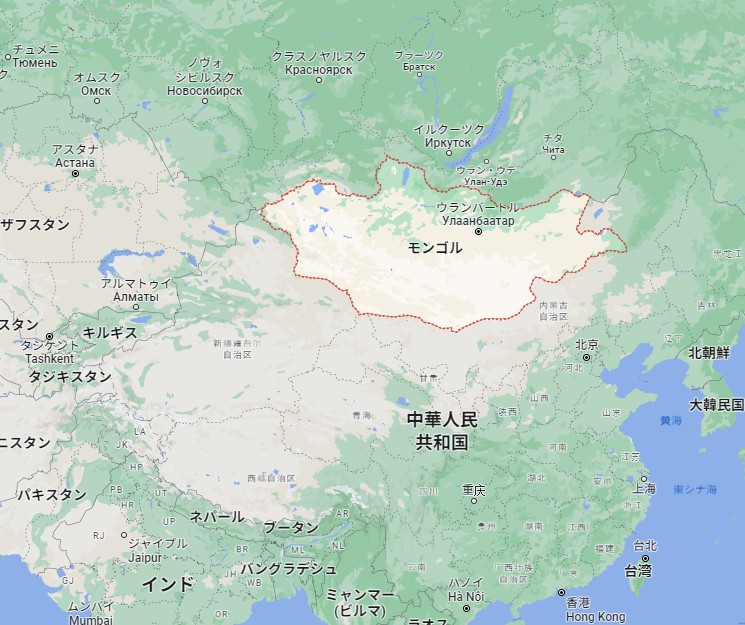
モンゴルはここ!
さらに、今日のモンゴルの様子・・・
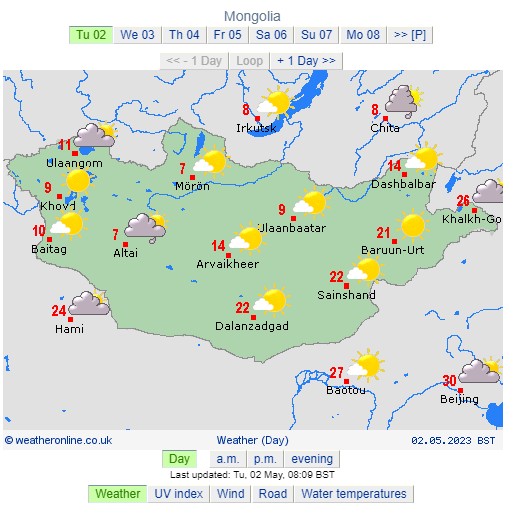
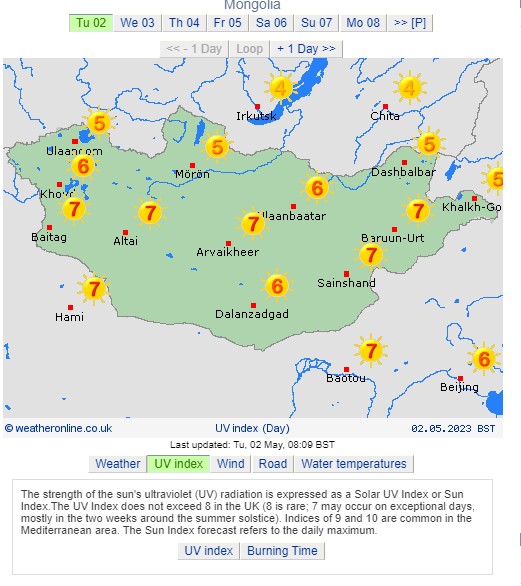
日本と同じくらいUVは強いようですが、きっとかなり空気はきれいなんでしょうね!
だって、この景色!!@@
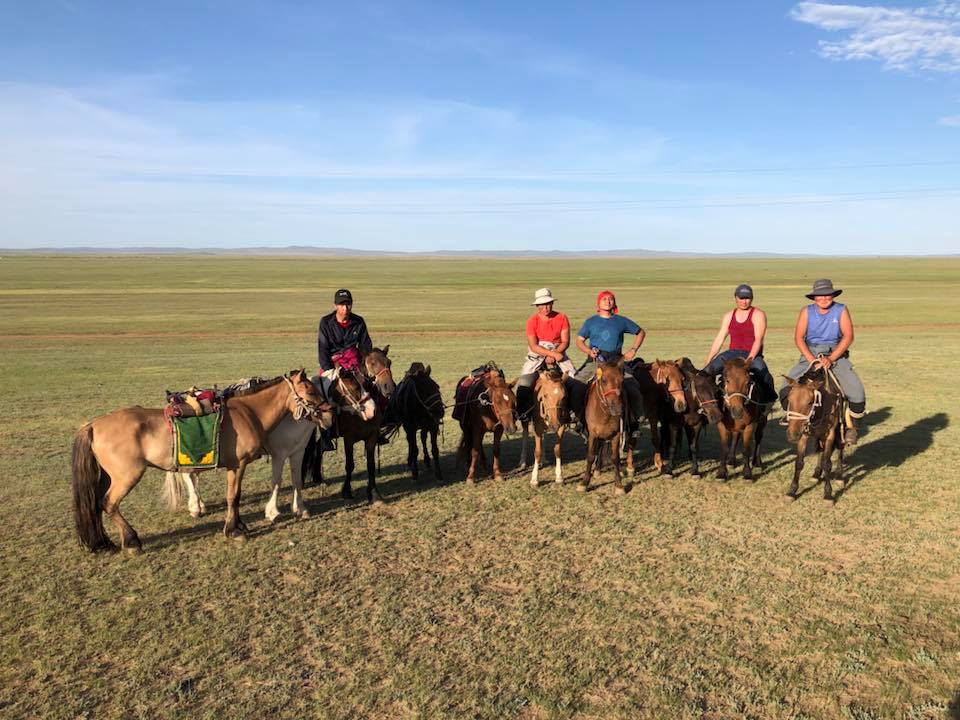
A traditional Japanese hat and Epochal hat
The other day, my husband said to me, “When you ride a camel in Mongolia, I recommend you to wear “Epochal’s hat” instead of a “Minachi-gasa*” hat.”
I said, “Wait.. That’s a too special situation (lol) ! What do you mean?”
He said, “In Mongolia, even though the temperature is low, the sun is extremely strong. It was a steppe, so there was no shade.
When riding a camel, the back of my neck was not protected by my “Minachi-gasa” hat, and the direct sunlight hurt.
Moreover, my hat had no chin strap, and it was easily blown away by the wind. It was very difficult to get off the camel and retrieve it.
I ended up wrapping a towel around my head, but the damage to the back of my neck was terrible.”
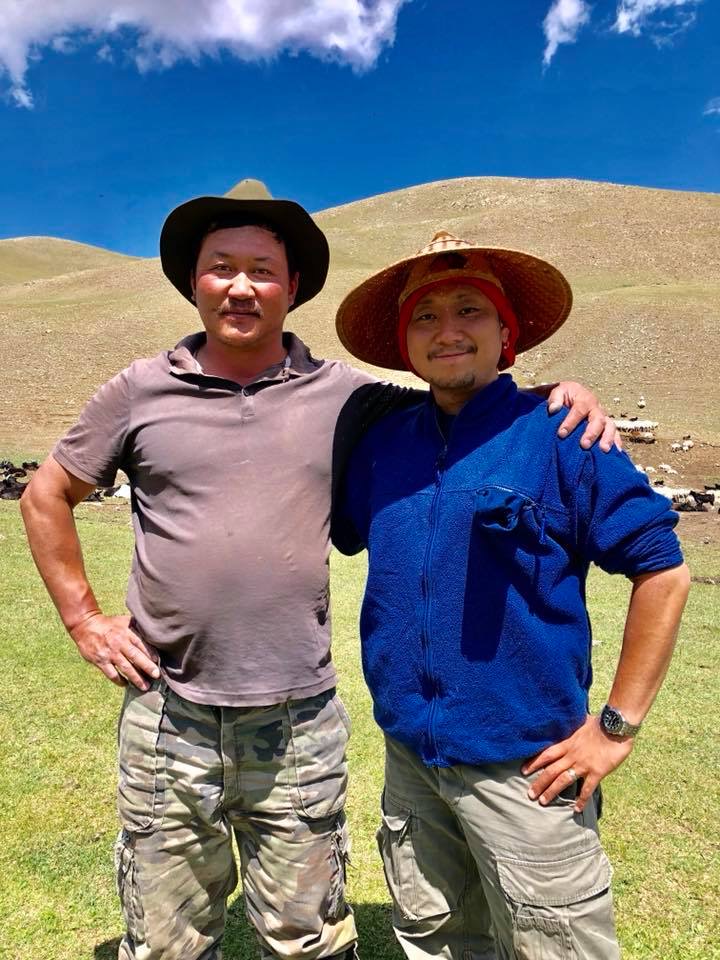
夫はアトピー性皮膚炎に長年悩まされています。
特に、猫・花粉・ホコリ・日光による体へのダメージはとても大きいのです。
国内外で肉体的に過酷な出張が多く、港で猫に囲まれたり、杉花粉まみれで山中を延々歩いたり、夏の炎天下での仕事も多々あります。
アレルゲンがいつも付きまとい一年中体が痒いのです。
強い日光を浴びるとその部分に発疹や強い痒みが生じます。
もしかしたら日光アレルギーもなのかもしれません。
出血するほどひどくなるので、白いTシャツやロンTは首回りや内肘部分に血が染み付くのです。
日光に弱いのでサンスクリーンを塗るべきなのですが、
アトピー性皮膚炎の夫はサンスクリーンに痛みを感じるので日焼け止めを塗るのを嫌います。
He has atopic dermatitis and the damage to his body, especially from cats, pollen, dust and sun-light, is very severe.
His job requires him to travel a lot, both domestically and internationally. He has lots of physically demanding business trips!
For example, he is surrounded by cats in the harbor, walks endlessly in the mountains covered in cedar pollen, and often works in the hot summer sun.
Allergens are always around and his body itches all year round!
He also develops skin rashes and intense itching when exposed to strong sunlight.
Perhaps he is also allergic to sunlight. His skin gets so bad it bleeds.
So his white T-shirts or long-sleeved shirts get blood stained around his neck and inner elbows.
He is sensitive to sunlight and should wear sunscreen, but he hates sunscreen because even that cream causes him pain.

夫がモンゴルを訪れた時、私たちはエポカルの帽子に出会っていませんでした。
それゆえ、私たちの住む和歌山という土地で古(いにしえ)より愛されてきた、軽くて通気性もよく蒸れにくい、
かつ防水性も高い「皆地笠」(みなちがさ)を相棒として仕事の現場に連れていくことは、夫にとってごく自然なことでした。👍
夫は、世界遺産である「熊野古道」を年に何度も歩くことも仕事の一つです。
「熊野古道」は山の中を歩くイメージがあるかもしれませんが、現代では陽の光が燦々と降り注ぐアスファルトの道を歩くところも多いのです。
When my husband visited Mongolia, unfortunately we didn’t know about “epochal”.
Therefore, it was very natural for him to take the “Minachi-gasa” hat to his work site as his partner.
It is lightweight, breathable, and waterproof and has been loved since ancient times in Wakayama prefecture Japan, where we live now.
One of his jobs is to walk the World Heritage “Kumano Kodo, Pilgrimage trails” several times a year.
The “Kumano Kodo” has an image of walking in the mountains, but today in many places you walk on asphalt paths under the dazzling sunlight.
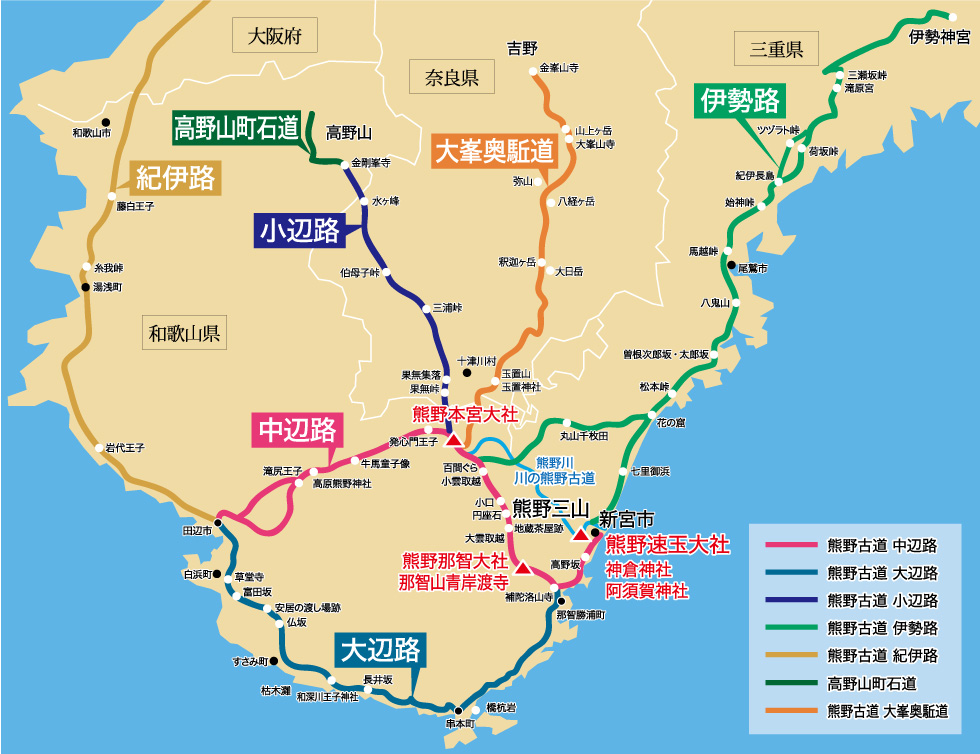
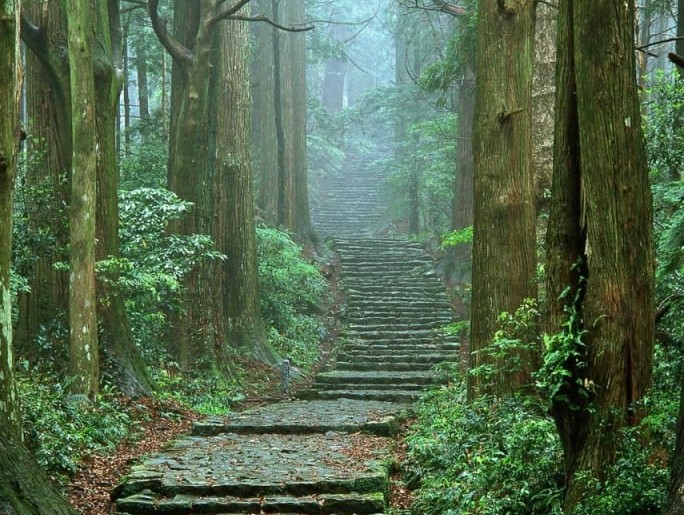
エポカルのUVカット帽子との出会い
私は、首裏のアトピーの患部に負担をかけない帽子はないものかと探し、ついにエポカルの「フラップ付きUVカットメッシュハット」にたどり着きました。
これがエポカルと私の出会いです!!
夫は「熊野古道巡礼」と「エポカルの帽子」の相性の良さに感動し、その後は「皆地笠」ではなく「UVカットメッシュハット」を仕事の相棒として連れて行っています。
ちなみに皆地笠は今、大切に我が家の壁に飾られているのでご心配なく。
I searched for a hat that would not put too much strain on the atopic area on the back of his neck and finally found Epochal’s “UV-cut mesh hat with a flap and chinstrap”.
He was so impressed with how well the “Kumano Kodo Pilgrimage” and “Epochal hat” went together.
Since then, he has been wearing his Epochal’s “UV-cut mesh hat” instead of his “Minachi-gasa” hat as his work partner.
But don’t worry! His “Minachi-gasa” hat is now carefully displayed on the wall of our home!
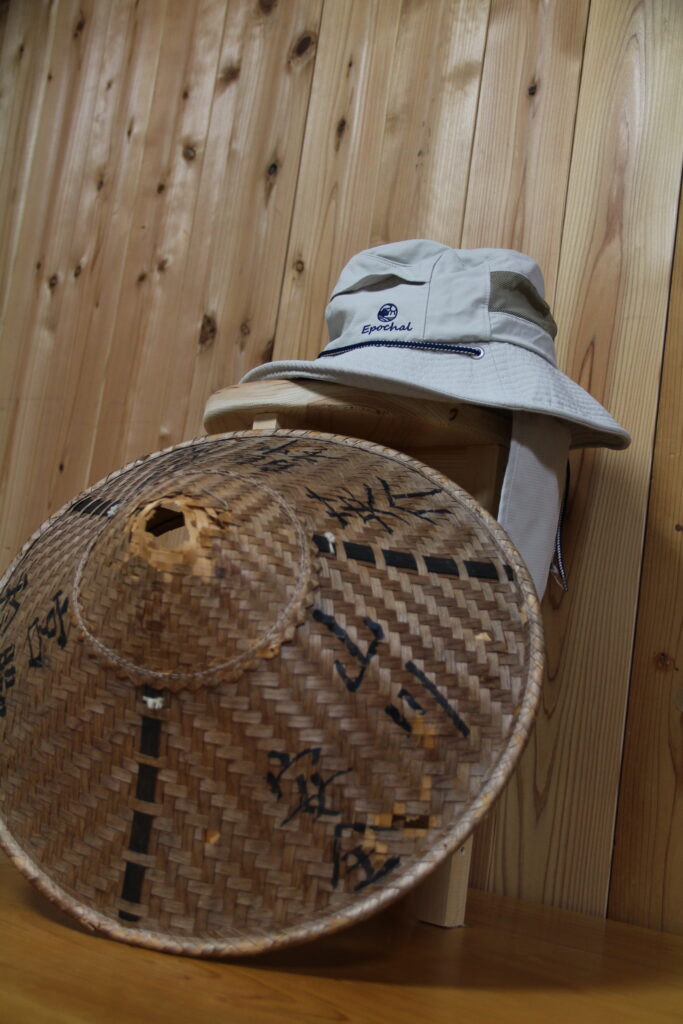
今後は「どうしてエポカルの帽子は熊野古道巡礼と相性が良いのか」についても書いていきたいと思います。
お読みいただきありがとうございました。
Coming up next “Why is the Epochal hat a perfect match for the Kumano Kodo Pilgrimage?”
྿皆地笠ー和歌山県本宮町皆地(ほんぐうちょうみなち)で、平安時代から熊野のヒノキを薄く加工して手編みで作られている笠。昔から熊野詣で上皇や貴族、庶民に至るまで広く愛用されていた。
Minachi-gasa hat* – a conical hat woven from strips of hinoki Japanese cypress. It is said to have been worn by pilgrims both nobles and commoners in Kumano mountains in Wakayama Prefecture since the late Heian period (794-1185).




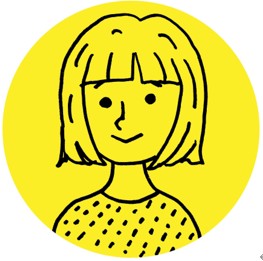

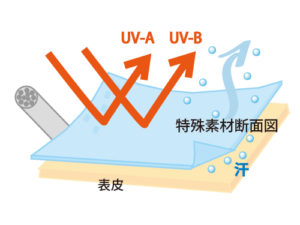
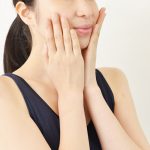 安心して、外出ができるように、エポカルは皆様からのご感想やご意見を取り入れて、より健やかな生活ができるように製品の企画をしております。
安心して、外出ができるように、エポカルは皆様からのご感想やご意見を取り入れて、より健やかな生活ができるように製品の企画をしております。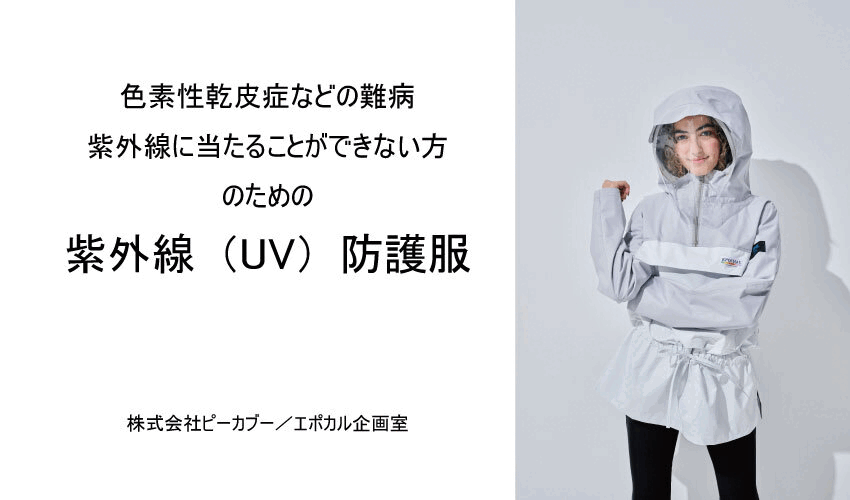
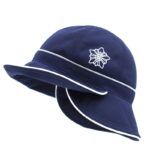

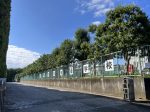


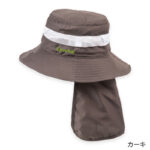


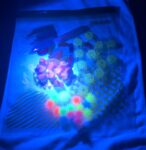
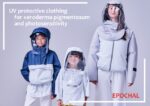


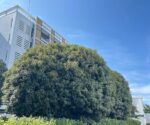
置撮-1-150x100.jpg)
